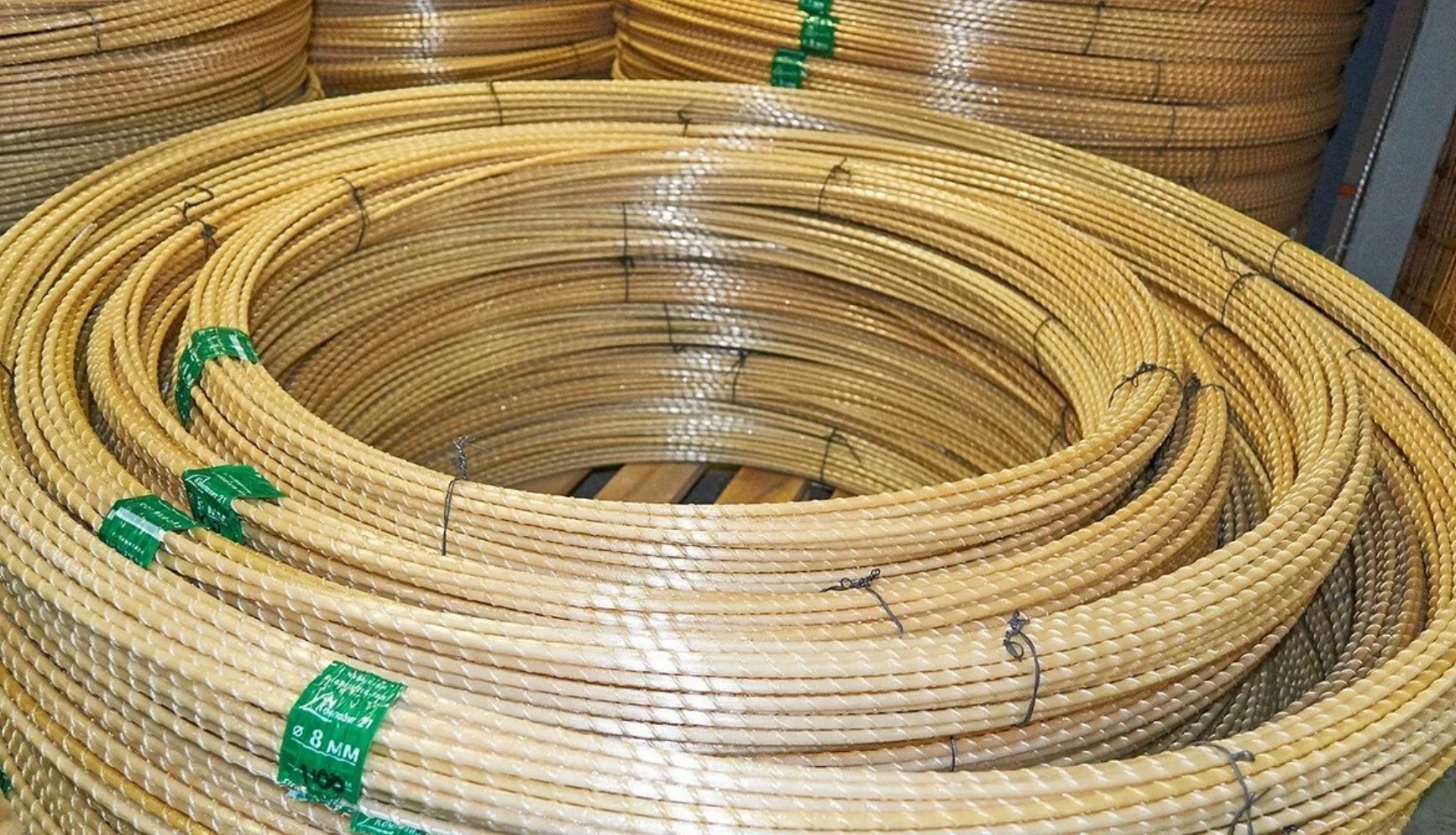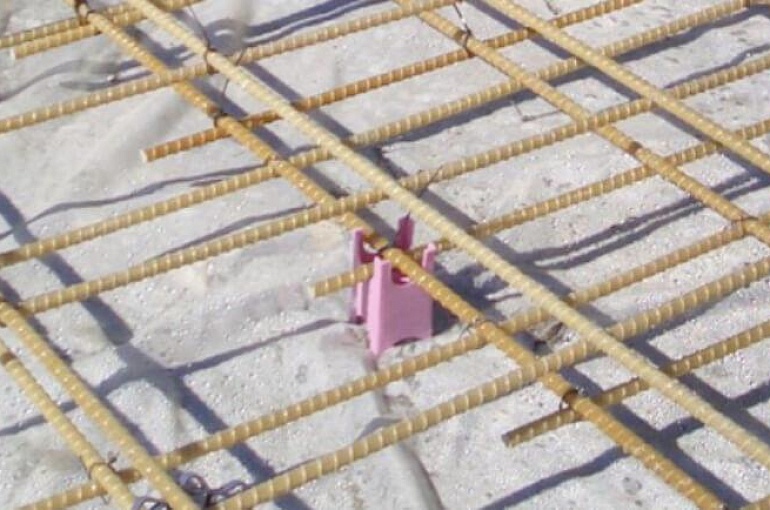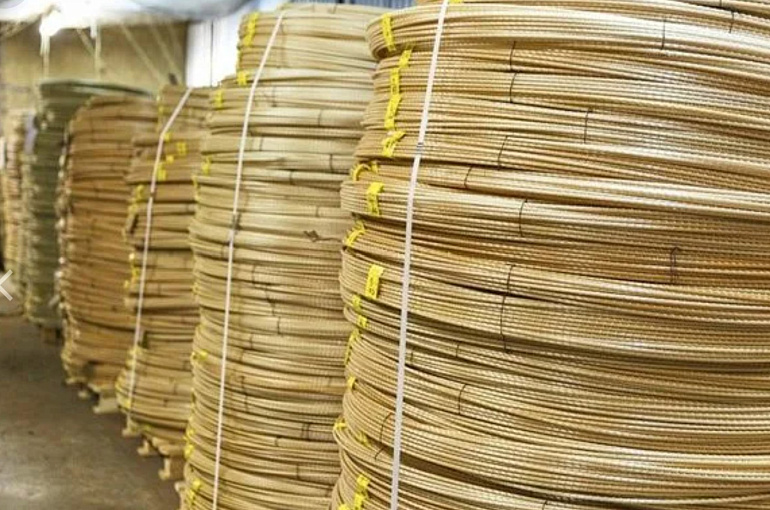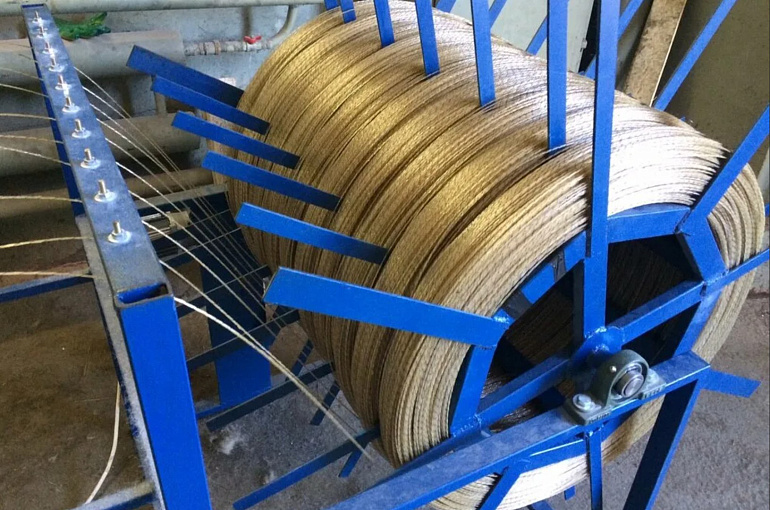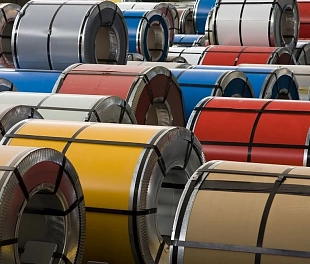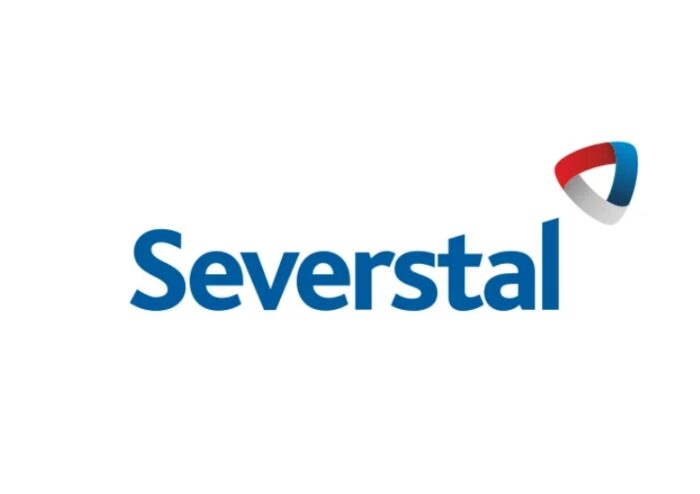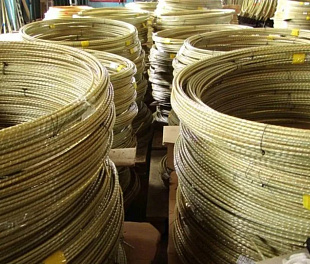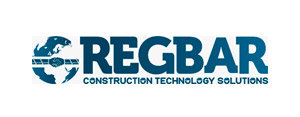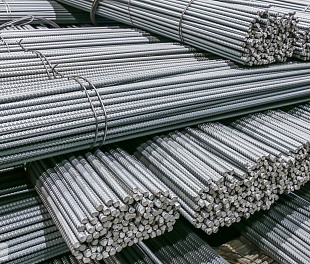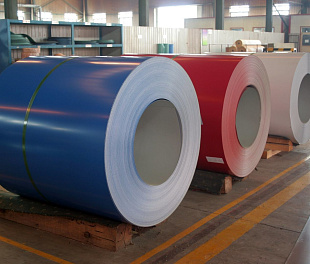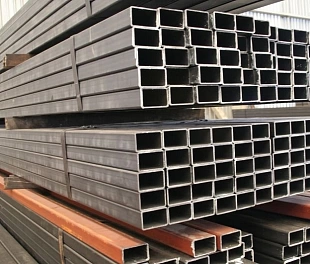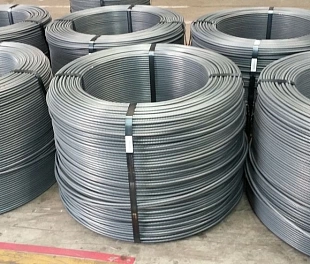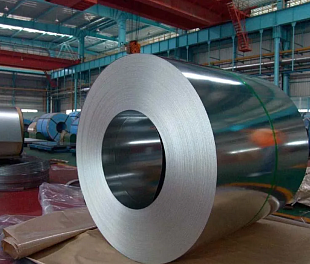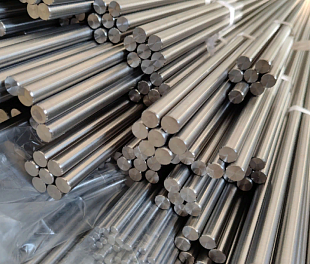Number of running meters in a coil - 50
Coil weight - 13.5 kg
Weight 1 linear meter - 0.138 kg
Bay diameter - Ø 1.20, 1.04 m
Bay height - 7 cm
Replacement of metal fittings Ø - AIII-14 mm
Tensile modulus, GPa not less than - 55
Tensile strength, GPa not less than - 1.2
Type of anchoring with concrete - 4 strands of spiral winding
Loading rates for a container
The internal volume of a 40-foot container is 67.3-67.8 m3.
The maximum carrying capacity is 24.8-26.8 tons.
The weight of a 40-foot container without cargo is 3,640-4,000 kg.
Production process itself consists of four stages. The first is roving, fiberglass processing. This is the beginning of the process when the material enters the lines, where it is dried and heated with hot air and then lowered into the resin bath. The second stage - bundles with resin are sent to the shaping die assembly. There they take shape and they are given the desired diameter. The next step is winding the reinforcing profile and giving the product a spiral shape. The third stage is the polymerization of resins in a magnesite furnace. And the final stage is the cooling of the manufactured products and cutting them to the desired size. After that, the rebar is immersed in a bath of water, cooled, cut by an automatic machine to give an accurate cut, from which it goes to a cutting machine that makes an even and accurate cut. Finished products are packaged, tied and subjected to control checks. This whole process is fully automated, controlled by a special program with pre-set necessary parameters.
Excellent operational, as well as technical qualities, allow the use of composite reinforcement not only in the field of industrial and private construction, but also in the construction of roads and bridges. The scope of fiberglass reinforcement is expanding every year, the demand for this type of reinforcement is growing. Composite reinforcement is used in structures that can be affected by corrosion under adverse conditions. In conditions of high humidity, such fittings are the best alternative to classical building fittings, in the construction of various types of structures. In addition to anti-corrosion properties, the fittings are distinguished by reliability, high strength, lightness, low thermal conductivity, and do not create a screen for radio waves.
It is used for reinforcing walls and glued wooden beams (giving structural rigidity), used in some types of foundations, for ties in three-layer panels. The use of composite reinforcement significantly increases the service life of construction objects.An important plus is the price of fiberglass reinforcement. It is much cheaper than metal reinforcement, so it will be more profitable to buy composite reinforcement, especially for a private developer. The purchase of fiberglass reinforcement in our company will reduce costs and increase the speed of construction of the facility.
APPLICATION OF 10 MM GRP REINFORCEMENTS
Foundation in low-rise construction
landscape design
Reinforcement of walls and ceilings
Agricultural objects
Subway construction
Paving slabs
Parking lots and car parks
Armopoyas between floors

